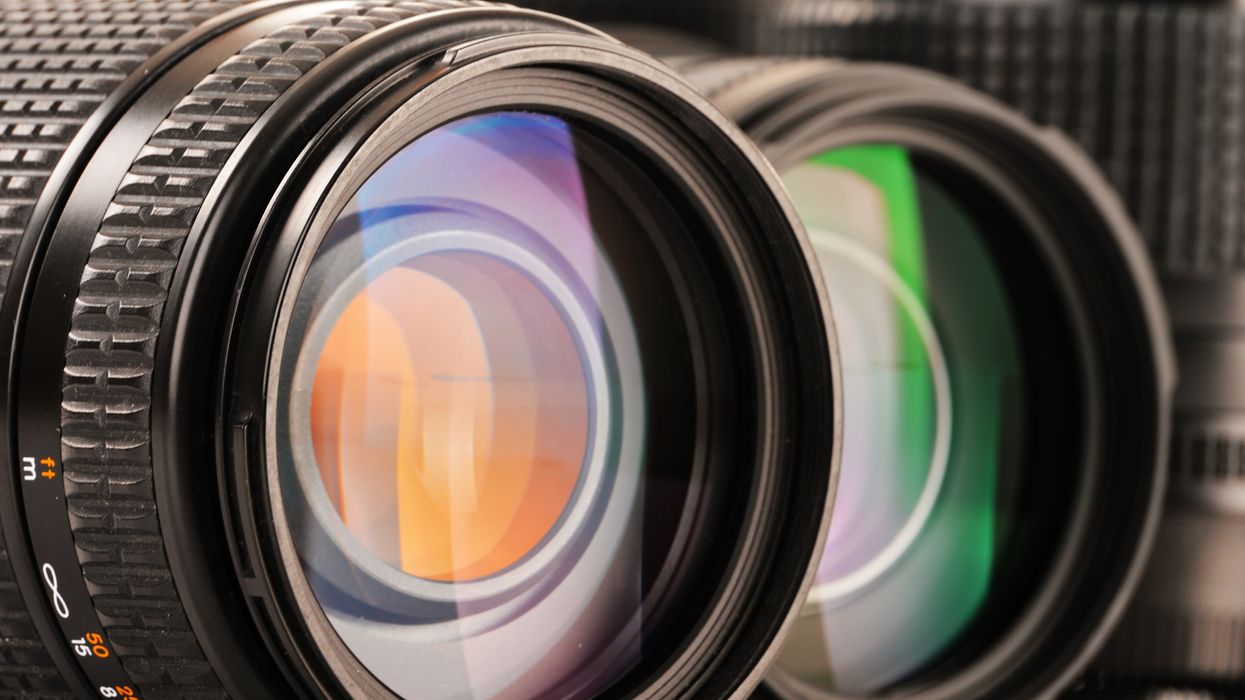A Primer on Focal Length: Why Lenses Are One of the Most Powerful Tools at Our Disposal
Of the many complex aesthetic decisions that cinematographers make, lens choice is one of the simplest, most powerful, and most misunderstood.

There are several different factors that determine the aesthetic of any given lens, but today we're just going to be focusing on the basics. Focal length is one of the more straight-forward aspects of lens design. In the simplest sense, focal length is the physical distance between the imaging plane (ie. the sensor) and the optical center of the lens. Focal length values - which are expressed in millimeters - are basic measurements of how wide or zoomed-in a particular lens is. Easy enough, right? Where things start to get more complicated, however, is with all of the different aesthetic implications that the focal length of a lens has on the the final image.
The easiest to understand of these implications is field of view. When combined with a certain sensor size, the focal length of a lens is what determines field of view, or how much/how little of an image is actually being captured by the sensor. Here's an excellent and in-depth tutorial from Tuts+ on the topics of focal length and field of view that explains all of these concepts and explores how they're related.
Obviously field of view is a basic, albeit incredibly powerful tool for cinematographers, as it allows them the ability to directly manipulate the mise en scène of any given shot by including or excluding certain elements from the frame. Take a look at just how many aesthetic possibilities there are when focal length drastically changes and the camera stays in one position. Here we see everything from an extreme telephoto focal length of 580mm all the way down to an extreme wide of 8mm (from Vimeo user Pixine).
Outside of determining field of view, however, the focal length of a lens can produce a wide range of aesthetic qualities that can have drastic effects on how an audience perceives an image. First and foremost is the issue of depth. Depth cues - or differences in light, shadow, and spatial relation that trick our brains into perceiving a three-dimensional space in a two-dimensional medium - are rendered differently by different focal lengths. Say you frame up a medium shot of your subject. With wider lenses, the depth cues in the scene become elongated and are seemingly pushed farther apart. In a sense, wider lenses artificially add depth to a scene. The wider the lens, the more dramatic this effect becomes.
When you frame up the same medium shot with a telephoto lens, however, the exact opposite happens. The depth cues within the scene become compressed, which creates the illusion that everything in the scene is much closer together than it is in reality. Additionally, where wide lenses tend to add depth, telephoto lenses tend to flatten images and the individual elements in those images.
For one of the best (and most quirky) rundowns and examples of the aesthetic properties of different focal lengths, here's a wonderfully educational video from the University of North Carolina Wilmington and YouTube user HorrorOldSchool:
Last, but certainly not least, is the issue of depth of field, something with which all of us are familiar. Depth of field is defined as the distance between the nearest and farthest points of an image where that image is in focus. Put into visual terms, wider depth of field results in images where everything, or most things, appear in focus. Shallow or narrow depth of field, on the other hand, results in images where only a small portion of the image is in focus, and where everything else falls out of focus to varying degrees.
Although lens aperture is widely considered to be the most important factor when trying to achieve a narrow depth of field, the focal length of your lens actually plays the most significant role. Wider lenses inherently reduce depth of field, creating images where more elements are in focus at once, whereas telephoto lenses enable shallower depth of field. Of course, if you're hoping to achieve a certain depth of field, whether it be wide or narrow, there are several other technical factors to consider including the minimum and maximum apertures of the lens, the sensor or film size that you're shooting with, and the distance between your lens and your subject. The closer your subject is to the lens, the more out of focus their background will be. The closer the lens is to infinity focus, the wider the depth of field will appear to be.
What are some of your favorite focal lengths to shoot with and why? How do you guys use different focal lengths to effectively tell a story? Let us know down in the comments!












